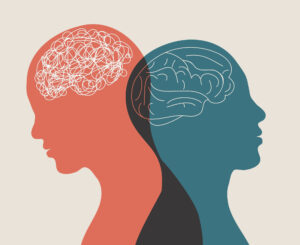Episode Summary:
This episode reviews the progress in developing biomaterials that allow for external and internal non-invasive interfaces with our various organs. A leading researcher examines the requirements for such materials and shares some recent device developments.
Guest:
Dr. Chris J Bettinger, Ph.D.:
Christopher Bettinger is a Professor at Carnegie Mellon University in the Departments of Materials Science and Engineering and Biomedical Engineering. He directs the Laboratory for Biomaterials-based Microsystems and Electronics at CMU, which designs materials and interfaces that integrate medical devices with the human body. Dr. Bettinger has published over 90 articles and issued over ten patents. He has received numerous honors, including the MIT Tech Review TR35 Top Young Innovator under 35 and the DARPA Young Investigator Award.
During This Episode, We Discuss:
- The challenges of interfacing device technology with humans. Think of fitting a device to curved tissue that’s flexible, miniature, and allows for continuous monitoring.
- Materials Science: Bio-Inspired Materials
- Embedded Electronics
- Noninvasive monitoring of the human Gastrointestinal tract
Quotes (Tweetables):
“In your gut, there are also 100 million neurons, organized into complex networks, localized computational functions, sensory feedback, mechanosensation, the gut is the third brain.”
Dr. Bettinger
“We could be interfacing with the neurons in the gut, and we are developing technologies that enable that interface.”
Dr. Bettinger
“Gut health is interesting and is underappreciated…. What is a leaky Gut? What about devices that could measure physical properties of the gut, where you could get a quantitative lens on what is now a semi-qualitative descriptor.”
Dr. Bettinger
Recommended Resources:
Carnegie Mellon University, Faculty, Dr. Chrisopher J Bettinger.
Episode Transcript:
Coming soon!



